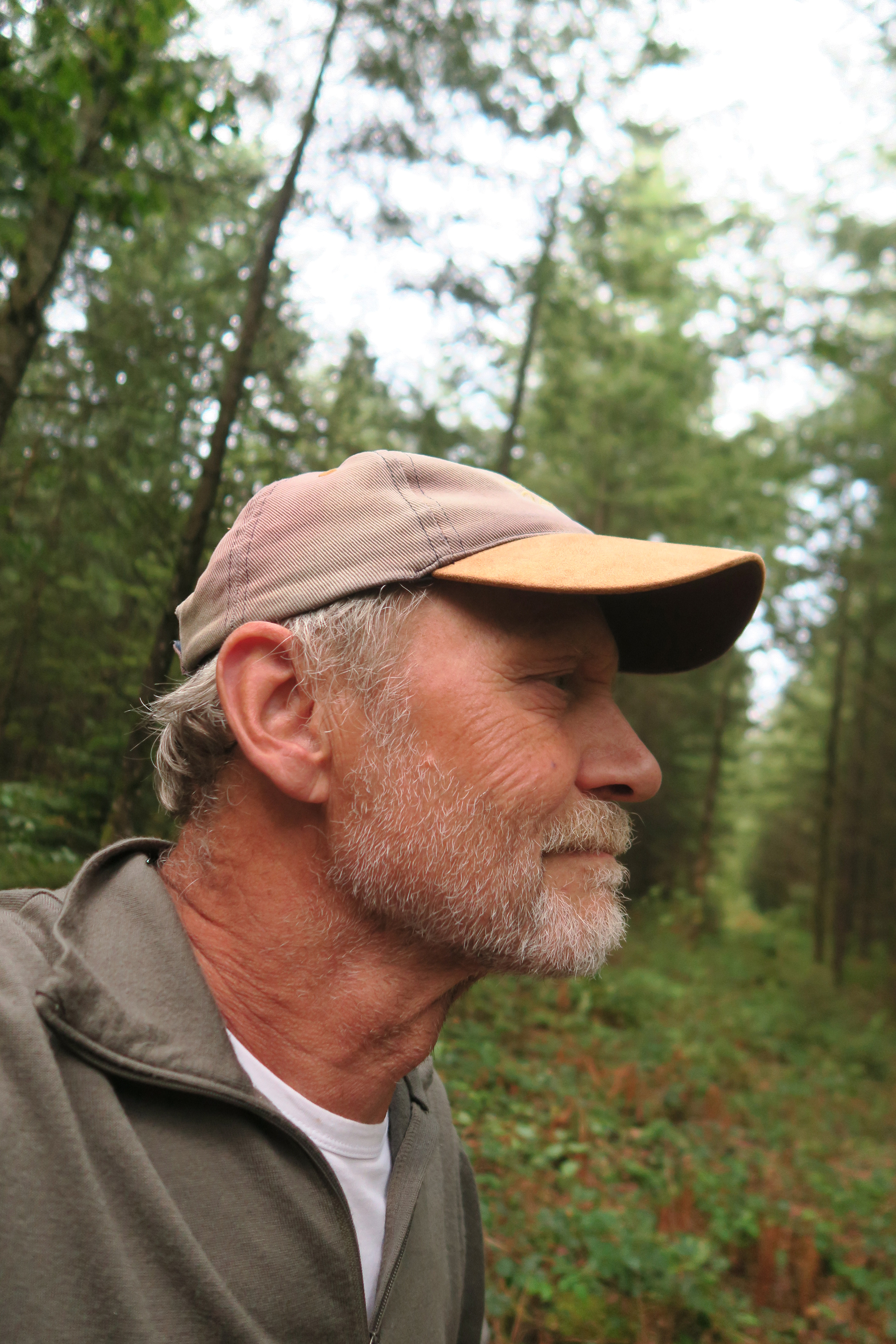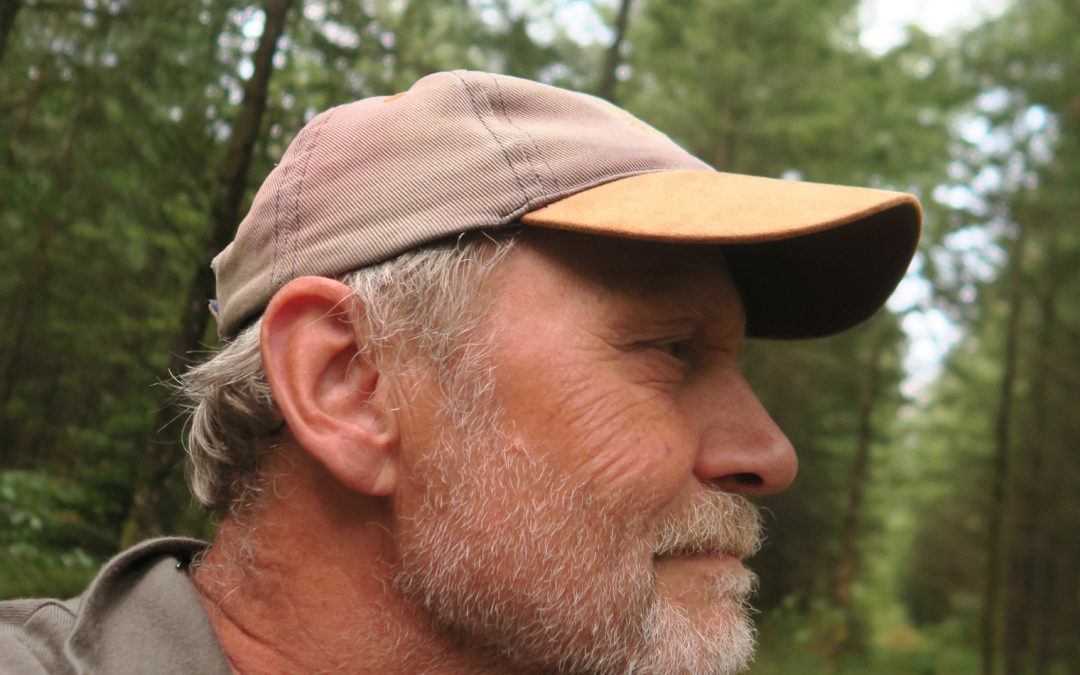Reading Stars of Gaza is an English literacy programme that targets children in Gaza to help them become fluent and proficient readers. It gives children a head start with early reading skills while also unleashing their creativity and boosting their confidence. The programme introduces and reinforces core reading skills in engaging, self-paced interactive learning experiences that are personalised for each child. The aim is to help kids become confident, successful readers—and develop a love of learning that will last a lifetime.
Peter Fruhmann joined forces with Khaled Al-Ostath to move the programme forward. Khaled is a young Palestinian from the heart of Gaza who studied translation. Later, Khaled came up with the idea of reducing the sense of isolation and hopelessness that pervades the lives of so many children in Gaza and to feed their imaginations for a better future. Peter Fruhmann is the owner of Storybag and an expert in the field of narrative techniques and storytelling, with over 30 years’ experience.
Reading Stars of Gaza | StoryBag
What is the social innovation Reading Stars of Gaza about?
A private initiative for a school for young orphans (5–6 years old) in Gaza, Palestine, to teach them reading and writing in English.
Why did you (or your partners) start this social innovation?
We launched from the idea that English is the ‘lingua franca’ of this time and age (also in education and business), and that young Palestinians will have more chances in the future if they can learn to express themselves in English. Especially those who are now futureless and threatened with under-education or no education at all (e.g. through poverty, discrimination, exclusion).
How did you come up with the idea? Was a creative or collaborative process involved?
It was Khaled Al-Ostath’s idea. Khaled was studying English (as a bachelor student) at the University of Gaza. He strongly believed that young children should learn English as well (for the reasons stated above). It would also introduce them to another (Western / European) culture and help them to develop understanding along the way.
One of his mentors was/is Paul Andrew Costello (Washington D.C., USA), the driving force behind the ‘New Story Leadership’ Project. This project offers half-year internships to Palestinian and Israeli students at Washington University with an interesting angle: they are placed in apartments in pairs (Palestinian-Israeli) and are expected to live together and exchange life stories, ideas and desires and report and discuss these together in plenary sessions. The results were (and are) promising: in almost all cases mutual understanding (and even friendships) spring up, and the hope and objective of this project is ‘new leaders’ that will spread the story of mutual respect and lead their respective people into the process of reconciliation.
Paul Costello had asked me if I wanted to help him and young Khaled, financially and practically.
What were you afraid of at the beginning and how (if at all) did you overcome your fear?
None of us was afraid, but we did expect some opposition and resistance (mainly from Khaled’s Palestinian environment).
What were the beginnings of the social innovation? (i.e. how did you build your initiative, business, NGO from zero?).
With Paul’s help, Khaled had written a ‘business plan’ for his school, which he called ‘Reading Stars of Gaza’. He had looked at available (school) space, the materials he needed to teach and the amount of money he would need to set up the first year of teaching (in his spare time!). As he wanted to start with orphans, an orphanage offered him the space. Paul Costello and I promised to support the school financially and with (second-hand) books for the age groups he wanted to work with.
How did you attract public attention to the issue you wanted to tackle and make others believe in your purpose and potential?
Khaled had set up a Facebook account/group (Reading Stars of Gaza). We promoted this group on our (private and business) Facebook and Twitter accounts. I started a fundraising campaign and this was also communicated/disseminated through our accounts. We also shared the activities at Reading Stars. The reactions were heart-warming.
How did you make sure that your idea actually fits the needs of the users?
Khaled had set up a programme that was seemingly so convincing and enthusing, that mothers of other (not-orphaned) children asked if their children could participate as well; they also offered to help with the lessons.
How did you raise the money for your idea and what would be your advice for others considering DIY fundraising?
I set up a fundraiser at generosity.com. Khaled needed a maximum of $1,500 to get things done during the first year. We raised that money, but there was a problem getting it through to him. Generosity’s American bank refused to pay it into a Palestinian account, because Palestine is not a recognised nation. In consultation with Generosity and with their cooperation, the raised money was transferred to my business account, but then more problems arose. I was able to transfer the money to Bank of Palestine, but at a cost. As my bank is not an international bank they had to use the services of another Dutch bank that transferred to the Bank of Palestine’s German affiliate bank that then transferred to the Bank of Palestine… Meaning that for every $100 raised, about $50 were lost to the banks’ administration. That was a lesson learned.
How did you scale your social innovation and what tips for scaling could you share?
As said before, Gaza Khaled’s good work and ‘word of mouth’ did it. At a certain point, there was even a waiting list for new young students… During the first year, some of Khaled’s co-students offered to help as well. A good thing, as he was also offered an internship in Washington thanks to ‘New Story Leadership’. In my opinion, he had fully earned it because he had already shown leadership through his compassion and commitment.
How do you change the whole system?
I think it has to come from grass-roots initiatives like this one, meaning it has to be a long-term initiative that can start a movement and spread. When successful, it will possibly be embraced by a bigger community, and in the end by the system/society. Again, for this ‘a plan/strategy’ is necessary, but above all, stamina. The latter, I think, is often missing, and even the most innovative or creative initiatives can shrivel up.
What would be the one piece of advice you would give to an aspiring social innovator, a member of the Social Innovation Academy, with only two things at the moment: a big heart and a willingness to do something?
A good plan, reliable friends, faith, perseveration and stamina.
Interviewed by Manon van Leeuwen

Peter Fruhmann, CEO of Storybag
Peter has more than 30 years’ experience in communication as a designer, copywriter and creative director at international agencies. His interest in what makes people tick led to a BSc in Psychology (and a thesis in the socio-ecology of behaviour). Within Storybag he offers narrative strategies and practices as an effective and inspiring (change and development) tool to organisations and educational projects (also within the Erasmus+ programme). He is also a lecturer in ‘Story Development’ at the Film Department, SAE Creative Media Institute Amsterdam and a regular guest lecturer at Erasmus University Rotterdam (Rotterdam School of Management).
URL: Storybag | Facebook: Peter Fruhmann | Twitter: @StorybagNL
Would you like to learn more from other inspiring social innovators?
Check out the Social Innovation Academy – the first fully online management training programme focusing exclusively on social innovation. If you are interested in keeping up with this project, you can subscribe to our newsletter, become one of our friends or follow us on social media (LinkedIn, Twitter and Facebook). We welcome all requests for collaboration here.


